Purchasing used camera gear is an excellent way to cut costs, but how can you be sure that your second-hand DSLR or camera is a good deal rather than a regretful mistake? This useful guide is designed to help you get the best value for your money on a used camera while also steering clear of potential scams.
The first consideration is whether you want to buy your used camera online or in a physical store. Holding the camera is the best way to evaluate its condition, but there are tips to increase your chances of making a wise online purchase. For instance, the shutter count of a camera, which is akin to a car’s mileage, can provide insight into how much the camera has been used throughout its life.
This guide includes information about assessing a second-hand camera’s functionality, spotting counterfeit models, and our top recommendations for the best used DSLRs and mirrorless cameras, so you’ll know where to begin your search.
If you’re still in need of ideas, check out our guides on the best beginner DSLR cameras, best cameras for photography, or best budget cameras for inspiration on excellent second-hand options.
In-person vs Online
Buying second-hand cameras online has become quite convenient, thanks to a growing list of trustworthy retailers we’ll discuss later. However, this approach is more effective if you already have a specific camera or model in mind.
If you haven’t yet had a chance to try out different cameras to see if a DSLR or mirrorless model suits you, we recommend checking out some options in person before making a decision — for example, meeting with an eBay seller instead of immediately clicking ‘buy’.
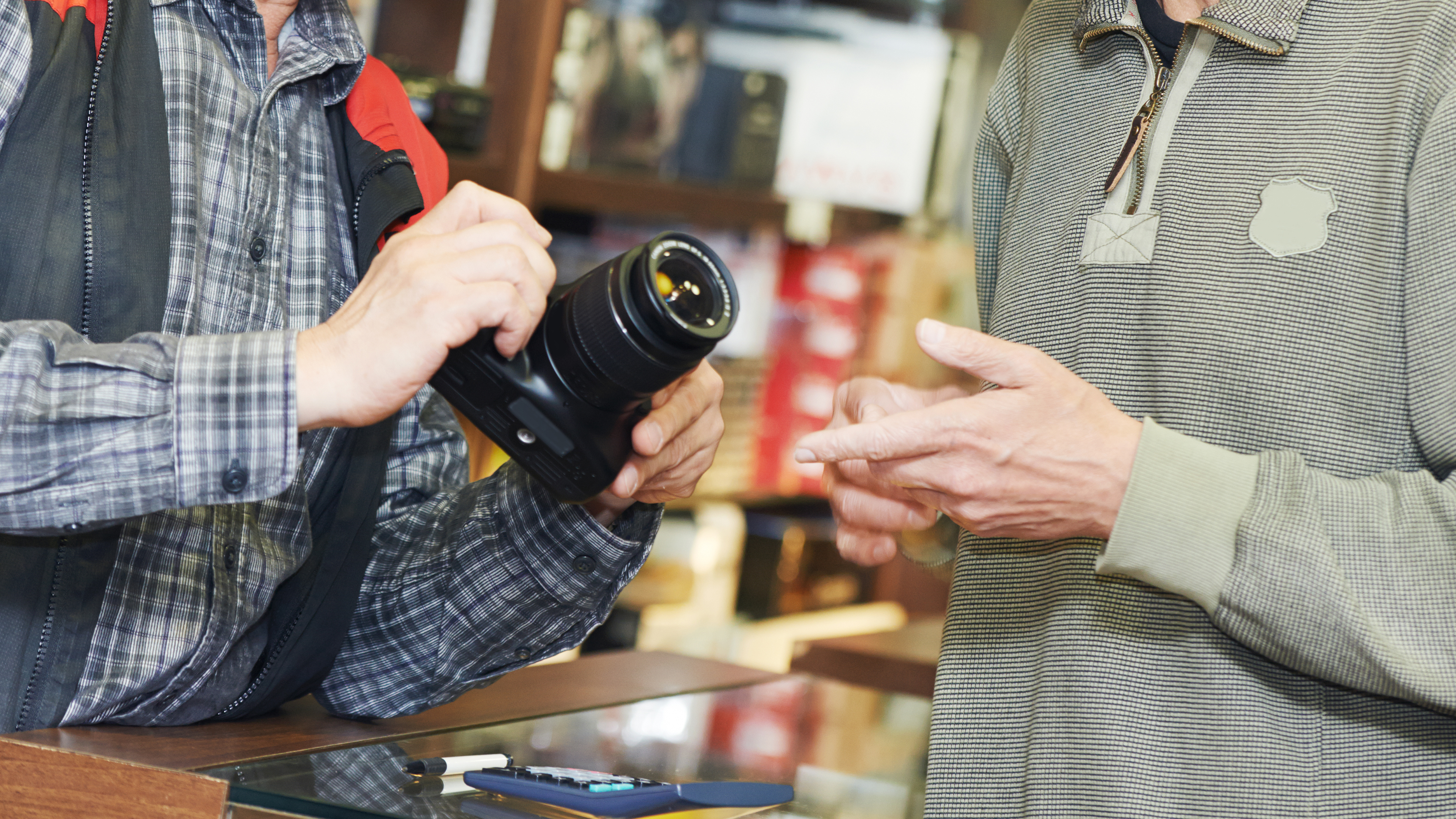
Many photographers choose their camera systems based on how they feel in their hands, which can lead to a long-term preference for one brand over others. If possible, visit a camera store and try out as many models as you can within your budget and preferred category.
Stores like BHPhoto and Adorama in the US and Jessops and London Camera Exchange in the UK allow photographers to physically handle cameras before buying. Even if you can’t try the exact model you’re considering, similar designs can help you figure out which brand and model suits you best.
Where to Buy Online
If online shopping is your choice, as mentioned in our guide to the best second-hand DSLRs for beginners, sticking to reputable retailers is crucial to avoid pitfalls.
The internet is filled with grey market items, defective products, and various scams. Falling victim to these issues can not only cost you money but also compromise your personal information to potential criminals.

Instead, choose established retailers that have a solid reputation and a long-standing presence online. Look for warranty options and after-sale support, which are especially significant when buying pre-owned camera gear.
We recommend BHPhoto, Adorama, and KEH for those in the US, while Jessops, London Camera Exchange, MPB, and Park Cameras are all excellent choices for UK-based photographers.
Check the Shutter Count
The longevity of a camera can be gauged by its shutter actuations, or shutter count, which indicates the maximum number of photographs it can take before requiring costly repairs or replacement.
In some instances, repairs can exceed the cost of purchasing another camera. Average maximum shutter counts vary by model, ranging from 100,000 to 300,000 actuations. Entry-level cameras generally come with a lower shutter count than their more expensive counterparts.
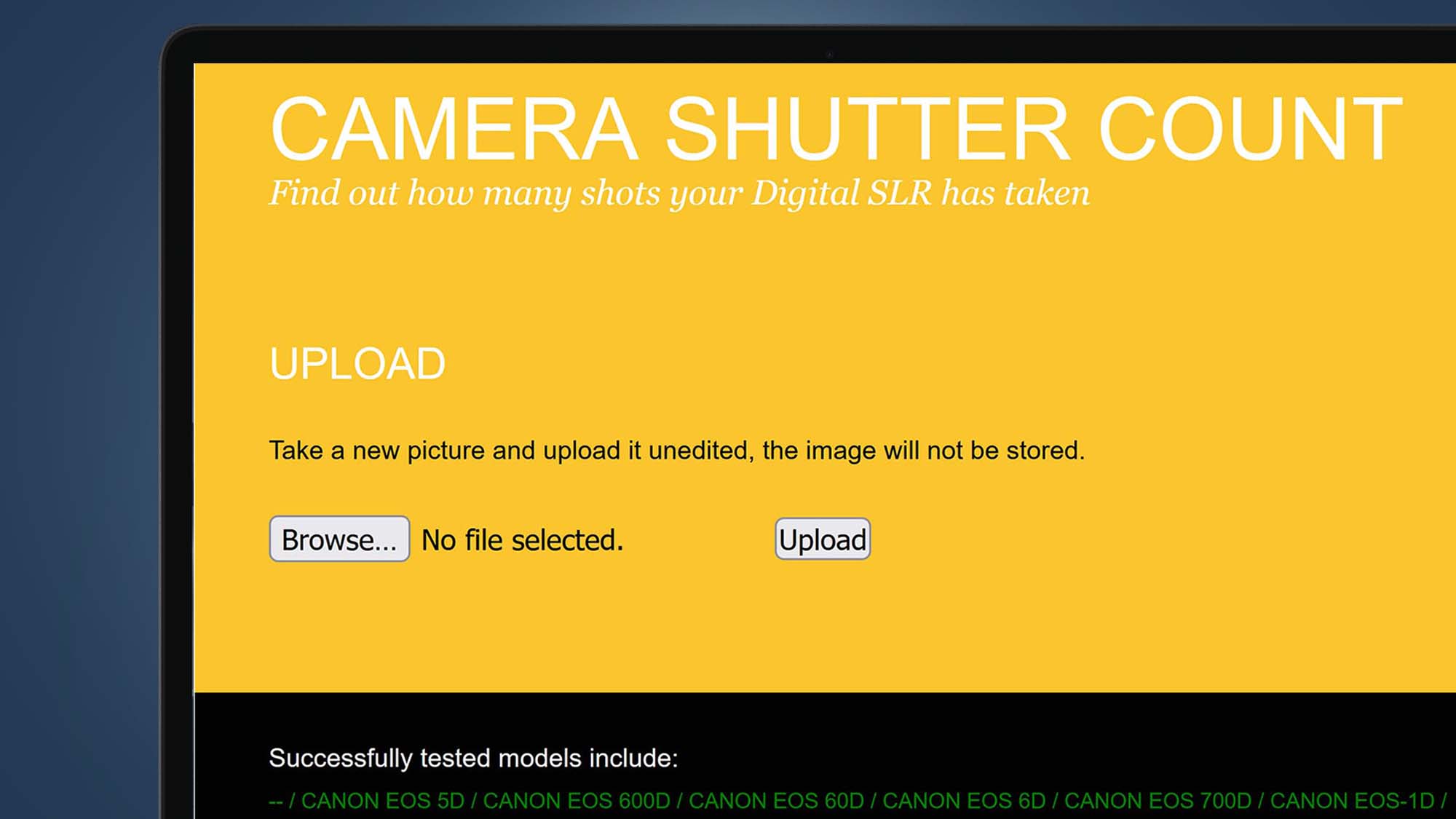
To easily check the shutter count, you can transfer a JPEG image to a computer and use an online shutter count checker like Camera Shutter Count or My Shutter Count. These platforms read the EXIF data which tracks how many shutter actuations the camera has performed.
If you use Photoshop, you might also be able to accomplish this by opening the file (any file type will do), navigating to: File>File Info>Raw Data, and searching for ‘imagenumber’ (without any spaces) in the search bar at the top.
Other Common Issues
While shutter actuations provide some insight into a camera’s usage, they don’t tell the whole story. Therefore, when searching for a second-hand…
Before purchasing a camera, it’s advisable to visually inspect and test it, either online or in person.
Start by examining the camera for any signs of damage. Look for missing paint, stripped screws, or broken glass/plastic on the viewfinder, rear, or top screen. While some wear is normal, a common issue is peeling rubber grips over time.
Open the camera to inspect the mirror and/or shutter. In manual mode, switch between fast and slow exposure times and observe for any unusual movement when the camera fires. All moving parts should operate smoothly without any hindrance.
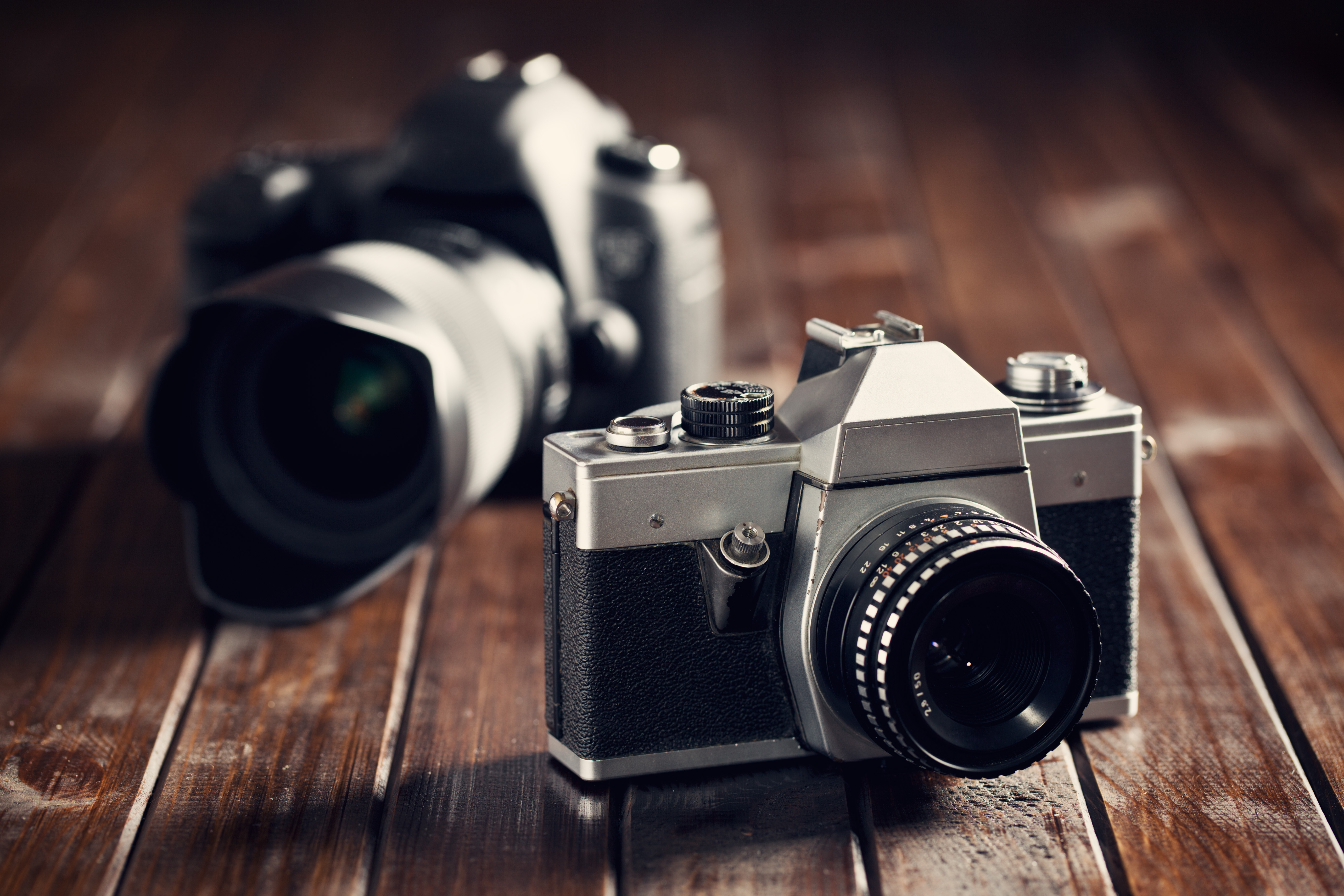
Next, attach a lens and test the autofocus. To check for spots on the image sensor, take a photo of a white sheet of paper or a light-colored wall, and carefully examine the test images. You can also test the rear screen for any dead pixels or cracks that might not be visible when the camera is off.
Use as many functions as you can before making a purchase; if the camera has a video mode, record a short clip. If it features in-body image stabilization (IBIS), observe its performance during the video as you move the camera to see how well it smooths out shaky movements.
Finally, inspect any included lenses and the camera’s lens mount for signs of wear. Rubber rings that help seal the camera from moisture, dust, and debris can degrade over time. Avoid exposing the camera to rain without checking its weather resistance first, as this could lead to serious damage.
Is it Legit?
When purchasing pre-owned cameras from a retailer, you can generally trust that the item isn’t a grey market import or stolen. However, buying from private sellers is often riskier.
Legal issues regarding stolen goods vary by location, and if a stolen camera is identified, it may be returned to its rightful owner, possibly leaving you without compensation. Thus, verifying a camera’s legitimacy before buying is essential.
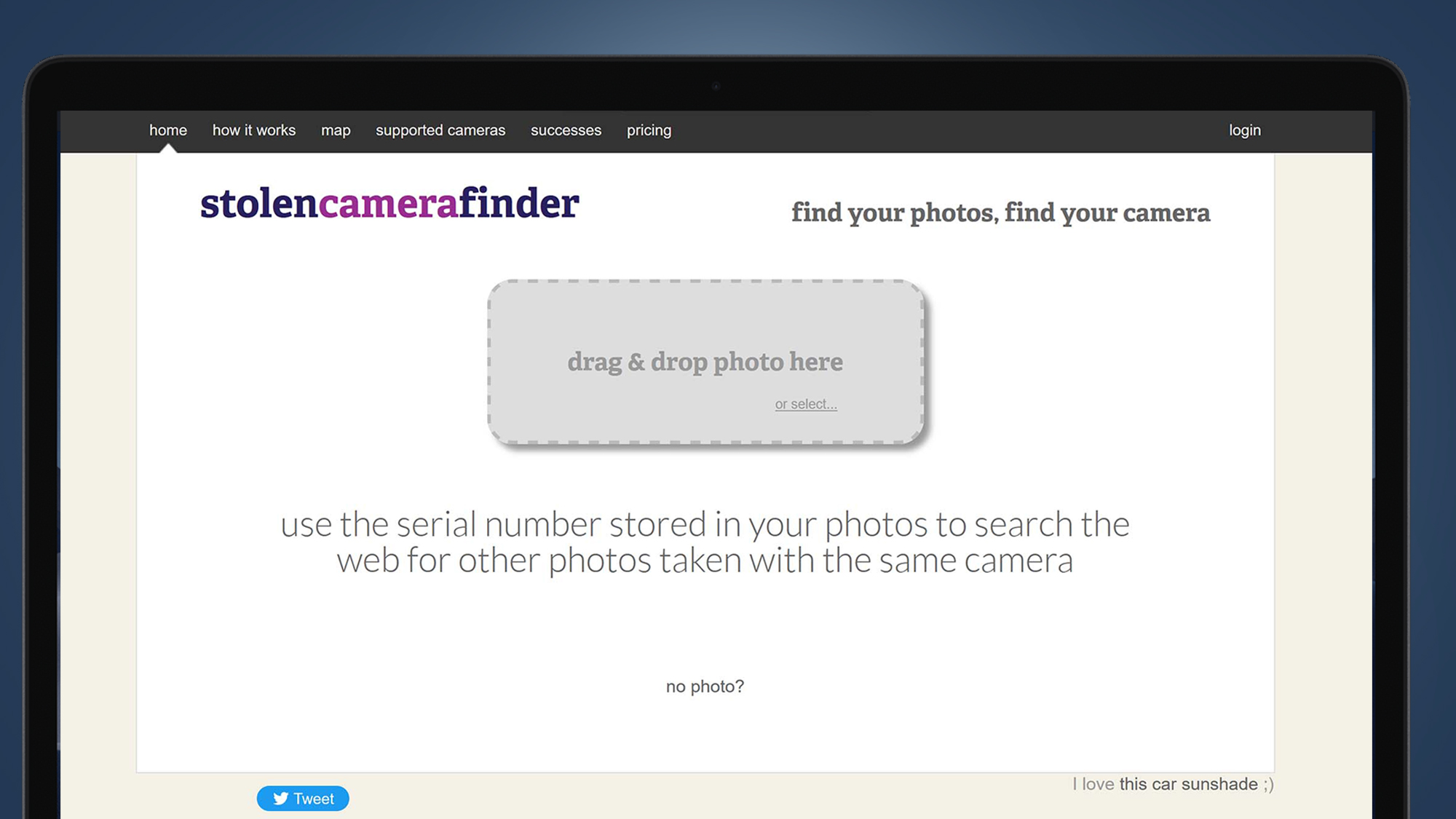
A straightforward method of checking is to upload a photo taken with the camera to Stolen Camera Finder (SCF). This site uses the hidden serial number in the EXIF data to search online for any other images with that number. However, this is only effective if photos from the camera are already available online.
Verify the camera’s serial number and try to find it with documentation like warranty cards or manuals, which often display the serial number too. If the camera lacks a serial number, caution is advised as it could be counterfeit. Some devices feature holographic stickers that shimmer in the light, so look for those as well. Additional signs of a fake may include misspellings or poorly fitting genuine accessories like lenses.
Which Cameras Should You Consider?
For beginners, entry-level DSLRs like the Nikon D3500, Canon 250D, and Canon EOS 850D provide excellent value. Purchasing any of these with a kit lens means you only need a good SD card to start your photography journey.
The Nikon D3500 offers a remarkable 1550-shot battery life, making it portable and great for travel. The Canon EOS Rebel T8i / Canon EOS 850D, while still a crop sensor camera, has upgraded features such as 4K video recording and a 3-inch vari-angle touchscreen.
Although the Canon EOS Rebel SL3 / 250D / 200D Mark II isn’t the cheapest, it’s the most budget-friendly option for 4K video and is among the lightest DSLRs available. These three options are so highly regarded that they top our best beginner DSLR cameras list.
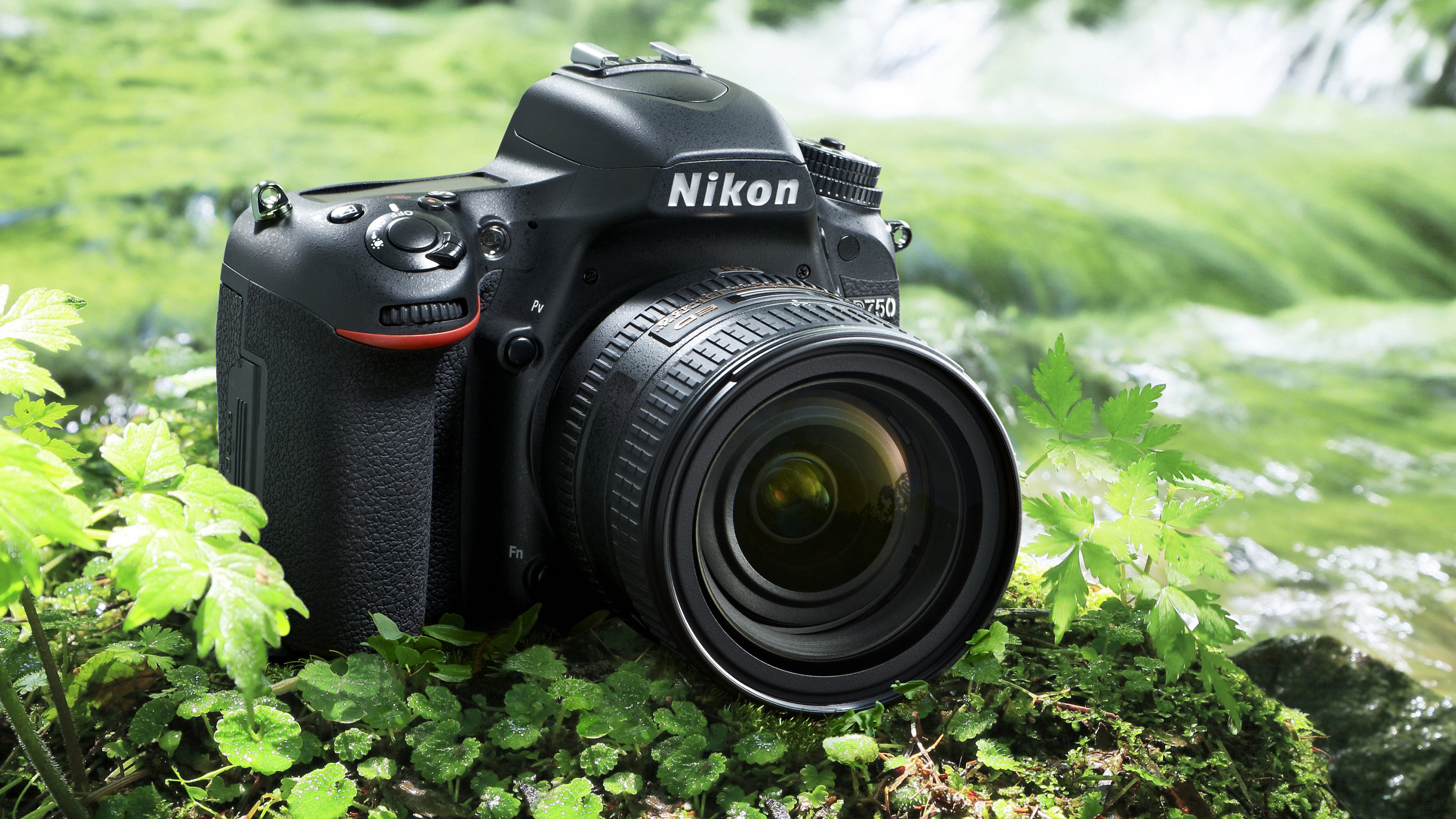
For those at an intermediate level looking to capture wildlife or sports, the Nikon D500 is an excellent choice, boasting an APS-C image sensor perfect for distant subjects and a rapid burst speed of 10fps. For full-frame options, the Nikon D750 is now quite affordable. Although it may lack some of the newer features and faster burst modes found in today’s mirrorless cameras, it still delivers outstanding image quality in low-light conditions.
If you’re aiming for professional-level capabilities, consider the Nikon D850 or a mirrorless option. The Sony A7 III remains a great all-rounder despite being replaced by the Sony A7 IV. Alternatively, the Fujifilm X-T3 offers impressive value with its reliable 26.1MP back-illuminated sensor, 11fps burst shooting, and excellent selection of APS-C lenses.


